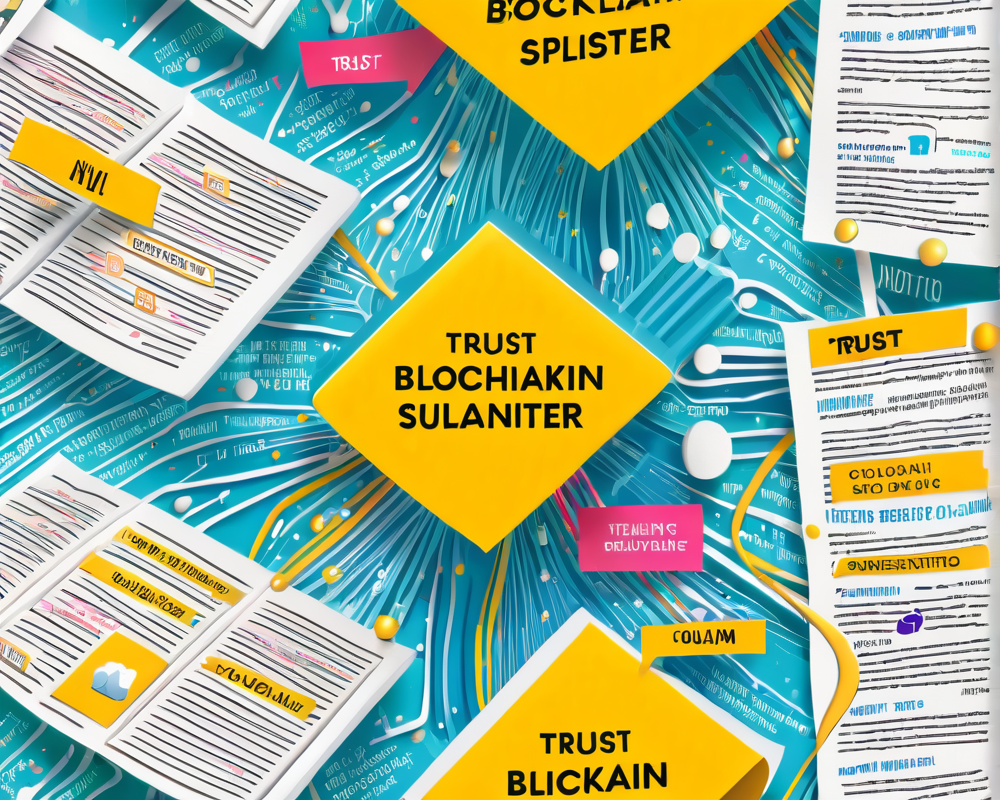The Rise of Distrust in Media
In recent years, distrust in mainstream media has blossomed like a weed in a neglected garden. Surveys show that a staggering 57% of individuals globally grapple with skepticism, doubting the credibility of their news sources. An additional 76% suspect malicious intent behind the scenes, claiming false information is being pushed to fortify divides among viewers. If that’s not a recipe for disaster, I don’t know what is!
Blockchain to the Rescue
Enter blockchain technology—like a digital knight in shining armor. The Associated Press broke ground by utilizing blockchain to publish the results of the 2020 U.S. presidential elections via Ethereum and EOS, ensuring an unhackable and permanent record. Think of it as an annal of truth that even the most determined of hackers cannot edit. The audacity!
Embracing Transparency
Blockchain’s hallmark feature of transparency offers a glimmer of hope for eradicating misinformation. Its tamper-proof nature can help establish authenticity for images and stories alike, tackling the “deepfake” debacle head-on. Media outlets could adopt systems designed to track every article’s genealogy, allowing readers to trace a story’s origins like following a winding family tree.
Quotes from the Experts
“Accuracy is the lifeblood of a media organization. Transparency about mistakes builds audience trust.” – Saul Hudson
Innovative Funding Models
Exploring blockchain’s implications in journalism isn’t solely about credibility; it also opens the door to robust funding models. Journalists can thrive outside conventional financing constraints through smart contracts and community funding platforms, like Steemit. Imagine getting rewarded through tips in cryptocurrencies for your brilliantly penned articles! How revolutionary is that?
The Resistance to Change
Just like any great tech revolution, the journey won’t be without its bumps. Legacy media outlets may resist blockchain due to perceived costs and cultural inertia. As Nisa Amoils observed, forced transparency might take time to foster acceptance among consumers who are entangled in their echo chambers. Even worse, many may dismiss new perspectives as mere “fake news.”
The Future of Media in the Blockchain Era
If we’re brave enough to embrace blockchain, we could be looking at a more accountable media landscape. Verified journalists could join a blockchain registry, validating their contributions with the precision of a fingerprint. The notion of a “Turnitin for news” could secure original content while promoting a culture of creativity, rather than copycatting.
From Everipedia to the Content Authenticity Initiative, various platforms are already paving the way. With these advancements, journalism might just shed its skin, emerging renewed and transparent, ready to face the public with integrity. What comes next will surely be a fascinating journey!



